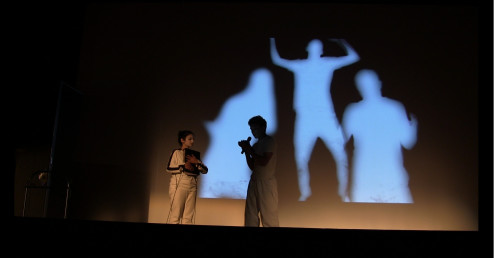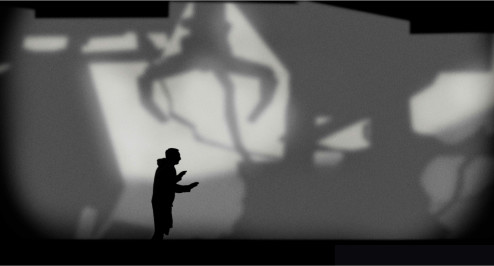Introduction to Digital Cultures and Creativity II
Course Description:
In a digital culture where we are increasingly communicating through asynchronous forms, what is the value of live events? Does technology enhance or disrupt the practices of face-to-face gatherings? Why are we drawn to virtual experiences? Answers to these questions require us to examine the major themes, issues, and questions that arise between the relationship of the “virtual” and the “real.” This course will study the idea of virtuality by exploring the long history of the word’s usage, from its Latin roots to later uses in computing culture. We will trace the development of “the virtual” beginning in the 1400s (when it was understood as external forces and powers) through the 1600s (when religious communities used the word to stand in for a link between the physical world and the metaphysical world of the afterlife). Looking at our contemporary practices through this historical lens, we will see that these practices of virtuality are founded on an experience of layered reality.
Class Project Highlights:
In 2013 students presented a unique adaptation of “The Machine Stops,” a science fiction short story written in 1909 by E. M. Forster. This prescient story describes a world in which humanity has lost the ability to live on the surface of the earth and can only survive underground via the machine. Students developed work that incorporated video, sound, robotics, projection, motion capture, 3D printing, shadow puppetry, performance, sculpture, and animation. This semester long exploration culminated with a large-scale performance in one of the campus theaters.
Team-taught with Dr. Jason Farman, Jarah Moesch and Leah Flake

